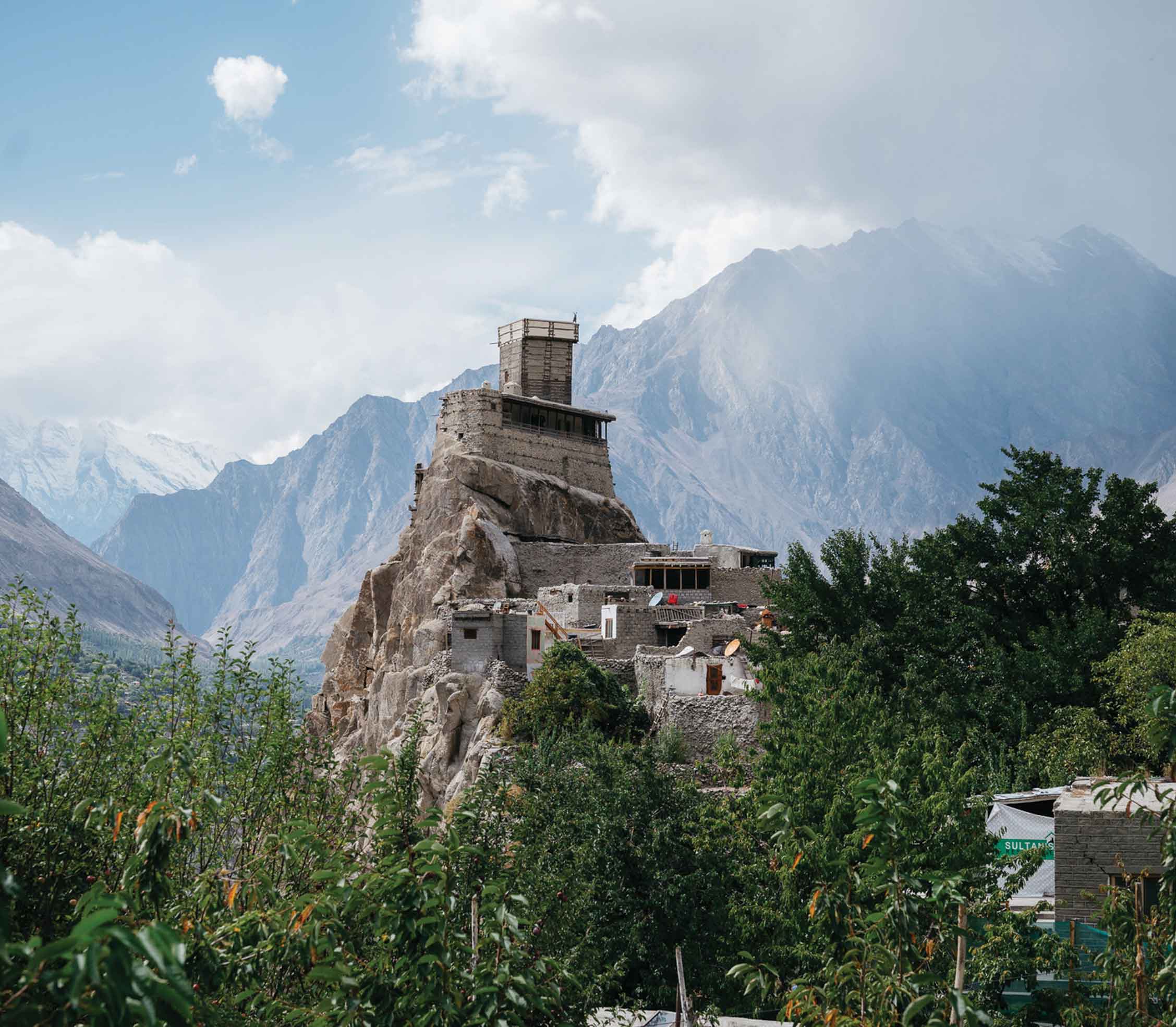The Silk Road is the name given to the numerous trading routes that connected China and the West and was first established during the days of the Roman Empire. For several centuries, it facilitated the exchange of goods, ideas, religions and technologies across thousands of miles, shaping and changing the world as we knew it. While it lost its prominence to new maritime trade routes by the 1600s, its legacy still endures. Today the controversial Belt and Road Initiative, the US$900 billion double trade corridor being established by China to reopen channels between China and the West, can be seen as its 21st century successor.
Photographs from London to Beijing at Kings Cross
The exhibition comprises a series of over 160 photographs that invites the viewer to take a journey from London to Beijing, encountering many of the people, places and cultures along the ancient trade route of the Silk Road. The exhibition’s linear design creates a physical route for the viewer offering them the chance to travel by proxy. With galleries closed due to the lockdown, this outdoor exhibition — which allows for social distancing in these Covid-19 times — aims to offer visitors cultural stimulation when museums and cultural centres have been shut due to restrictions enforced by the pandemic. Moreover, with the current overseas travel restrictions in the UK, the exhibition opens up a world of far-flung destinations that are currently inaccessible to appeal to the viewers’ imagination. Wilton-Steer explains, ‘At a time when we are unable to travel, I hope that this exhibition will provide visitors with an escape from the UK into other worlds far away’.
Culture of The Silk Road
The aim is to celebrate the diversity of cultural expressions found along the historic route, and to highlight examples of how historical practices, rituals and customs live on today, but also to reveal some of the connections between what appear at first glance to be very different cultures. It also seeks to engender interest and understanding between distant cultures and challenge perceptions of less well known and understood parts of the world. Photographs from Iran, Turkmenistan, Uzbekistan, Tajikistan, Kyrgyzstan, Pakistan, India, China and elsewhere are featured in the show. Visitors can access additional content including videos and music via QR codes on each panel of the exhibition.
The Aga Khan Foundation
The exhibition is the brainchild of the Aga Khan Foundation (AKF), which together with its sister agencies of the Aga Khan Development Network (AKDN), the Aga Khan Foundation has been active in Central Asia for nearly 30 years, and for almost a century in India and Pakistan. Working alongside governments, the AKDN has been a long-term partner in the development of Afghanistan, the Kyrgyz Republic, Tajikistan, Pakistan, India and, more recently, Kazakhstan. In the last 30 years, the AKDN has invested and channelled several billion dollars into the economic, social and cultural development of Central Asia with the promotion of pluralism and women’s empowerment central to those efforts.
Cultural Heritage of The Silk Road
Some examples of AKF and AKDN’s work along the Silk Road are documented in the exhibition, such as the Vanj cross-border bridge between Afghanistan and Tajikistan. This is one of six bridges constructed by AKF to help improve connectivity between these two historically linked regions. Agreements between the respective governments allow traders to sell goods in specially designated markets on one or both sides of the bridges. Afghans can also cross these bridges to receive critical health care saving them a long and arduous journey through the mountains to the nearest Afghan hospital. Another photo shows Karimkol, a fruit and vegetable farmer from the Jalal-Abad region of Kyrgyzstan. As part of its food security work, the AKF supports farmers like Karimkol to expand their nurseries so that they can in turn support other farmers in this remote and mountainous region.
Preservation of Historic Buildings Along The Silk Road
Another facet of AKDN’s work is the preservation of historic buildings, such as Khaplu Palace in northern Pakistan. Built in 1840, it is the finest surviving example of a royal residence in the region. By the early 2000s the palace had fallen into disrepair with livestock living in some of the rooms. Working alongside local government, the Aga Khan Trust for Culture began restoration work in 2005 and the palace re-opened as a museum and heritage hotel under the Serena Hotel Group in 2011. The restoration of the palace created dozens of jobs in the hospitality sector and has helped open the area to tourism. The restoration work has received numerous awards including a UNESCO Heritage Conservation Award in 2013.
The importance of tourism promotion is underscored with a photograph documenting the opening ceremony of a new tourism centre in the Pamir Mountains of Eastern Tajikistan, in which a girl in traditional Tajik clothes dances. As part of its economic inclusion efforts, AKF supports the sustainable development of tourism in the region for the benefit of local communities.
Established in 2008 with the support of the AKF, and the Pamir Eco-Cultural Tourism Association (PECTA) – which operates the tourism centres – creates job opportunities for local people and encourages the preservation of historical heritage, natural resources and wildlife while supporting tourists to visit this remote and breathtakingly beautiful region.
The Silk Road: A Living History runs until 16 June , 2021, on Granary Square in London’s Kings Cross, and is free to the public. Restrictions permitting, there is a full programme of publicly accessible talks and workshops at the Aga Khan Centre. There are also plans for an Aga Khan Foundation Silk Road Bazaar in the nearby Canopy Market area. For information and event updates, in regard to Covid-19 restrictions, visit https://www.kingscross.co.uk






